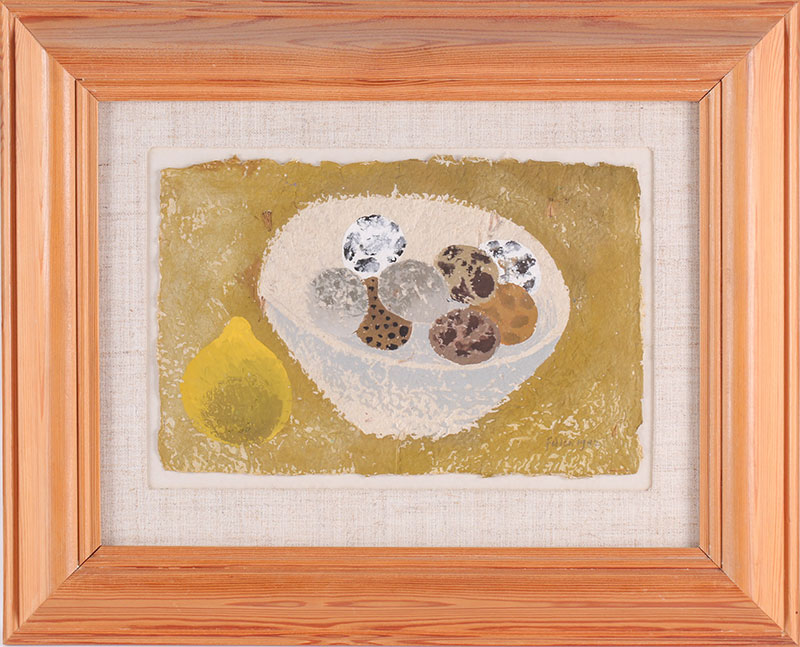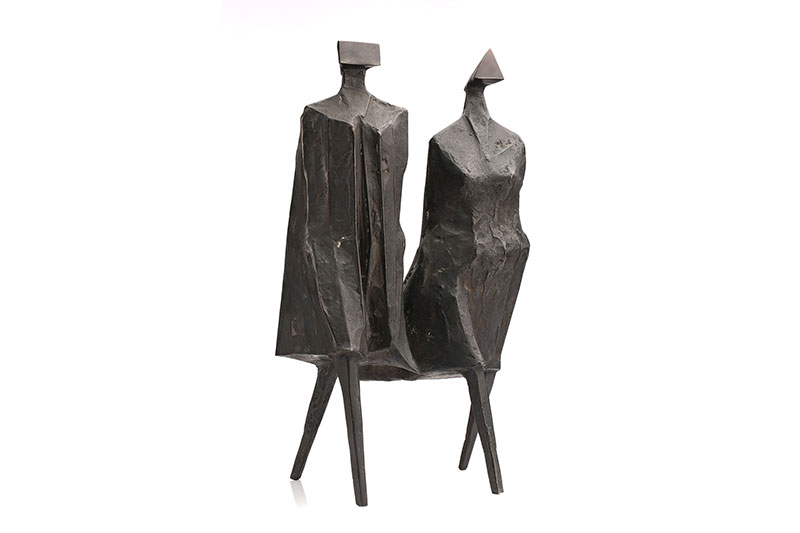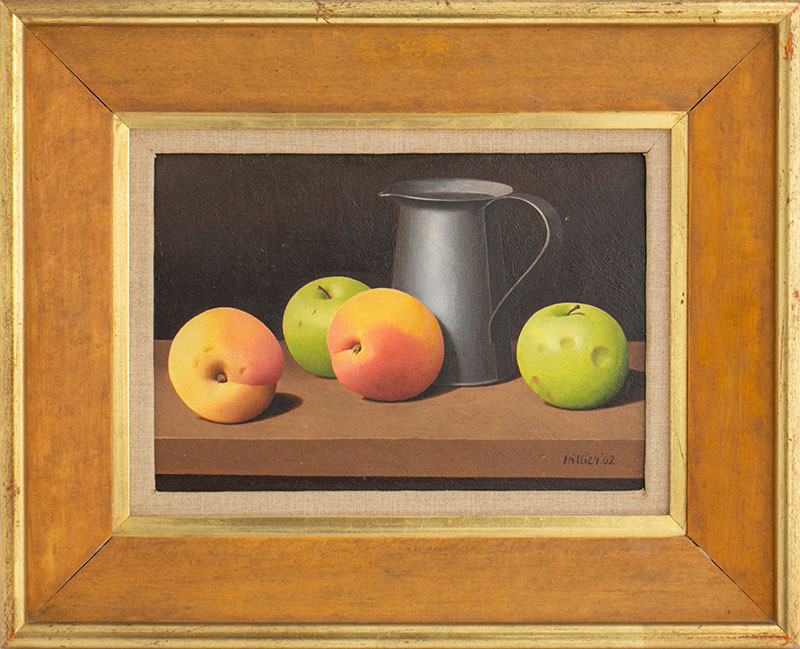How Do I Sell Unwanted Art?
Selling these items can be a delicate process
19/06/2024
If you've recently inherited artwork, or indeed, own other potentially valuable items that aren’t to your taste, you may be wondering how to go about selling them. Paintings, drawings, prints, and decorative pieces such as sculptures, are acquired based on an individual’s personal taste; they can often occupy more space than the beneficiary has to offer, cost too much to insure or most notably, are neither admired nor appreciated. Selling these items can be a delicate process, but with the right approach, you can ensure that you get a fair price for your unwanted art.

Mary Fedden RA (1915-2012) British, 'Eggs in bowl and lemon'
First and foremost, it's essential to properly assess the value of these pieces. This will likely involve having them appraised by an expert, whether a professional art dealer or a reputable auction house like Dawsons – our team of expert valuers will provide you with an auction value based on key factors including the popularity of the artist, condition of the artwork, and current market trends.
Next, a decision on the best sales channel will need to be considered. This could be through a reputable auction house, an online marketplace, or by working with a gallery or art dealer directly. Each option has its own advantages and timescales, so research needs to be conducted to determine which is the best fit. A reputable auction house will have access to a vast array of known collectors and buyers across the globe, where an online marketplace won’t necessarily target the appropriate audience. An art dealer could have a buyer ready to make the purchase (but will need to take a cut from any sale price), whereas a gallery may have to exhibit the works for months before selling (incurring costs from exhibiting).
Lynn Russell Chadwick CBE RA (1914-2003) British, 'Walking Couple III', bronze
It is also worth contemplating any taxes which may be payable to HMRC. An expert in this field will be able to advise accordingly, but should you choose to sell an artwork directly to another individual, you may be liable for declaring and paying any taxes due. Examples of these are Capital Gains Tax, Artist’s Resale Right’s, and Customs Duties. We would always advise that you are best to deal with an expert who can advise how you should best deal with any of these potential queries – our team of valuers would be happy to help.
Tristram Hillier RA (1905-1983), a still life study, 'Apples & Peaches with a Tin Jug'
When it comes to the physical sale of any art, detailed documentation supporting the provenance and history of the artwork will add value. This will help to impart confidence in potential buyers and ensure the maximum price is achieved. If the item in question has been inherited or gifted, ask the executor (or giver) if there is any paperwork, invoices, receipts, etc. related to the work.
It is important to exercise patience and avoid any rushed decisions. The art market can be unpredictable, so timing of a sale could potentially play a crucial role. Reputable auction houses, dealers and galleries will no doubt have extensive knowledge and experience about the current market demands, and they will be able to offer guidance and advice regarding the best time to sell.
READ MORE
How Do I Sell An Expensive Piece Of Art?
How Much Is Contemporary Art Worth?
Are you considering selling any unwanted artwork?
With a huge global audience of known bidders, Dawsons can secure the highest prices.
Get in touch with an expert valuer for confidential sales advice, we would be delighted to help you.

